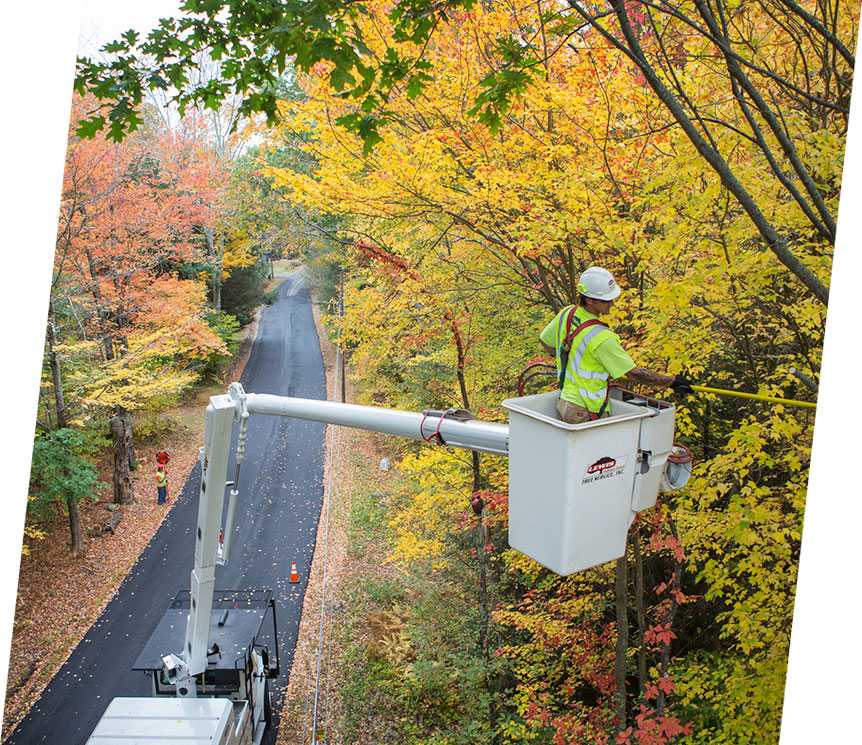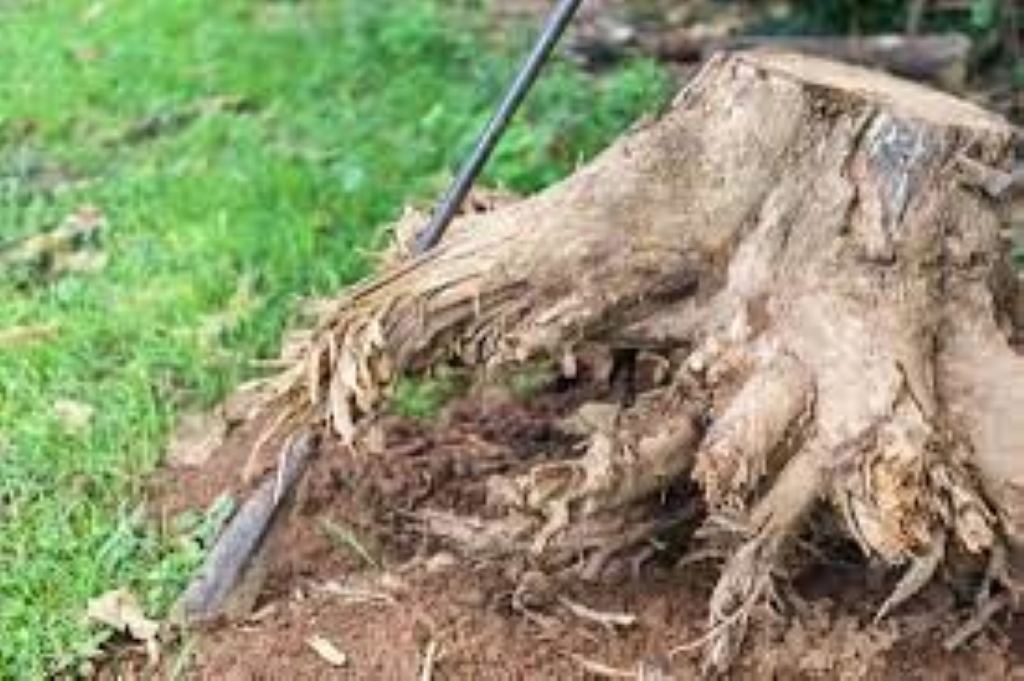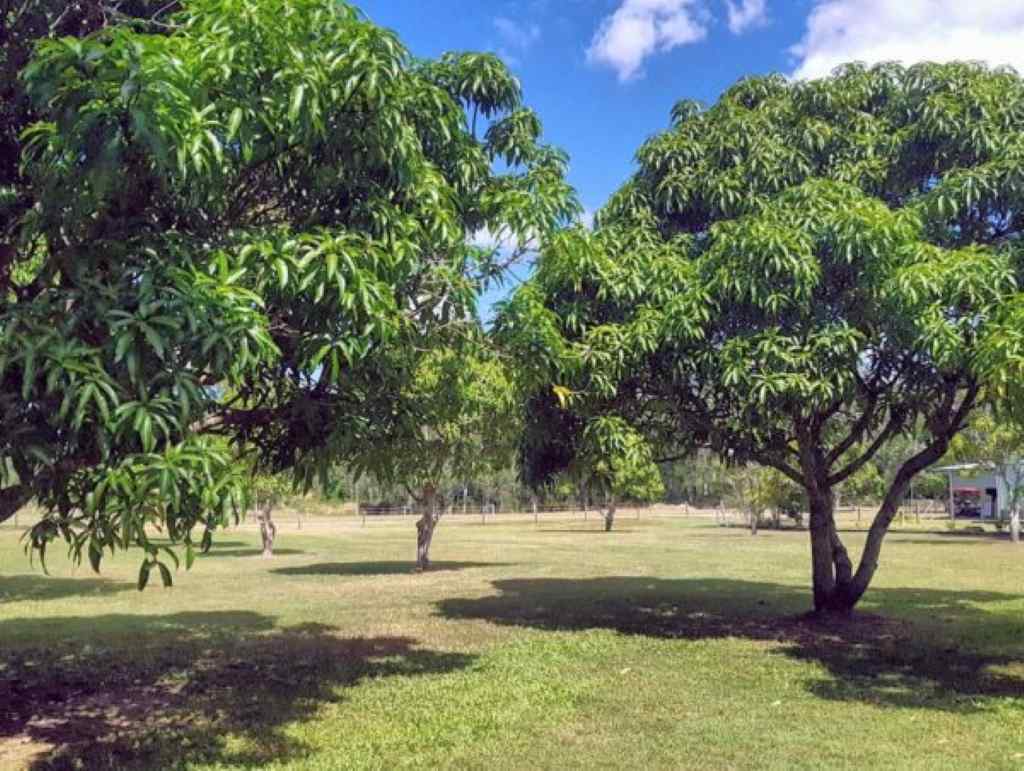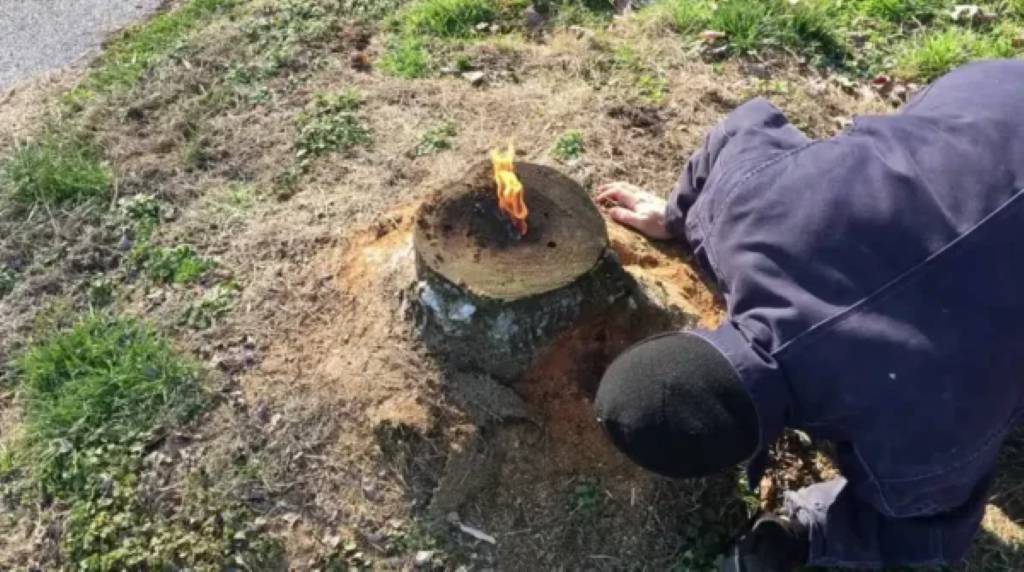Palm Leaves Turning yellow
Palms are renowned for their beautiful fronds and tropical charm in settings. When palm trees begin to yellow, however, this is cause for alarm. Understanding the causes of this phenomena is critical for keeping these famous trees healthy and vibrant. At Atascocita TX Tree Service, we understand the value of palm trees in creating visually appealing outdoor environments. In this post, we will look at the numerous variables that contribute to palm tree yellowing and suggest solutions.
Reasons for Palm Leaves Turning Yellow
Palm leaves turning yellow can occur for a variety of causes, typically signaling discomfort or underlying difficulties inside the tree. One prominent explanation is the natural aging process, in which older leaves become yellow before shedding to make way for new growth. Significant yellowing, on the other hand, might be related to environmental stresses such as inadequate sunshine, excessive or insufficient irrigation, poor drainage, or severe temperatures.
Nutritional deficits can contribute to yellowing leaves. Palms require certain nutrients such as nitrogen, potassium, magnesium, and iron to keep their brilliant green hue. Deficiencies in these important components can cause fading foliage.
Furthermore, pests and viruses pose significant hazards to palm health, causing leaf discolouration. Insect infestations such as mites and scale insects, as well as fungal diseases, can cause leaves to yellow and wilt.
Identifying the exact reason of fading palm leaves is critical for effective management. While some yellowing is normal, chronic or severe discolouration may signal underlying concerns that require treatment. Proper care and maintenance, together with timely and precise diagnosis, may successfully treat the problem and restore the health and vigor of palm trees, assuring their lush green look and vitality.
Environmental Factors Affecting Palm Health
Palm trees thrive in specific environmental conditions, and various factors significantly influence their overall health and well-being:
Adequate sunshine is required for palm development. Inadequate sunlight can cause stunted growth or yellowing leaves, while excessive exposure to direct sunshine without proper shade can induce leaf burning or sunburn.
Proper irrigation is critical. Overwatering or waterlogging can cause root rot and nutrient leaching, resulting in stress and browning of palm leaves. Inadequate watering, on the other hand, can lead to dehydration and leaf desiccation.
Palms demand fertile, well-draining soil. Compacted or poor-quality soil can hinder root development and nutrient uptake, compromising overall tree health.
Palms are vulnerable to high temperatures. Temperature decreases or frost can harm leaves, and overly high temperatures can cause leaf burning and stress.
Palms prefer moderate to high humidity levels. Low humidity can induce leaf-tip browning.
Identifying Palm tree turning yellow
Identifying yellowing palm leaves takes acute inspection to distinguish between natural aging and harmful discolouration. Normal yellowing occurs largely in older leaves, beginning with the oldest fronds at the base of the tree. These leaves progressively become yellow, finally drying out and falling off as part of the palm’s normal development cycle. In contrast, serious yellowing happens in younger or mid-canopy leaves and is frequently accompanied by other indicators of distress. Such symptoms include consistent yellowing over many leaves, browning at leaf tips or margins, leaf bending, and the development of patches or lesions. When evaluating palm leaves, it is critical to determine overall tree health by identifying patterns of yellowing and noting related symptoms. Understanding these characteristics allows you to distinguish between normal leaf senescence and possible problems.
Palm leaves turning yellow
Preventive Measures and Care for Yellowing Palm Leaves
Watering Techniques: Maintain steady moisture without waterlogging. Water deeply and infrequently, allowing the soil to dry somewhat between watering sessions.
Nutrient Supplementation: Provide appropriate nutrients by fertilizing palms with a balanced fertilizer designed exclusively for palm plants. Address deficits by taking micronutrient supplements as directed.
Pruning and maintenance: To minimize disease transmission, remove dead, damaged, or yellowing fronds on a regular basis with sterilized equipment. Pruning helps to divert nutrients to healthier sections of the tree.
Pest and Disease Control: Keep an eye out for symptoms of bugs or infections on your hands. Infestations should be treated as soon as possible using appropriate treatments, such as insecticidal soaps or horticultural oils, while according to approved parameters.
Soil Improvement: Maintain well-draining soil by integrating organic matter or utilizing mulch to retain moisture and enhance soil structure. Avoid compaction of the soil surrounding the root zone of the palm.
Environmental Stressors: Protect palms from severe temperatures, high winds, and prolonged exposure to direct sunshine. If required, erect temporary shade structures or windbreaks.
- How to stop a tree from growing in Lawn & Garden?
- What is an Arbor?
- How to remove tree roots from lawn
Reviving Yellowed Palm Leaves
Reviving yellowed palm leaves involves tailored care strategies aimed at addressing the underlying causes of discoloration and rejuvenating the tree’s health:
Corrective Watering: Adjust watering practices to ensure appropriate moisture levels. If leaves are yellow due to dehydration, gradually increase watering frequency, allowing the soil to remain consistently moist but not waterlogged.
Nutrient Enhancement: To replace necessary nutrients, use a balanced fertilizer made for palm palms. To alleviate shortages and promote leaf renewal, use fertilizers high in nitrogen, potassium, magnesium, and iron.
Pruning and grooming: Use sterilized equipment to trim damaged or yellowing fronds to redistribute nutrients to healthy sections of the tree. Pruning also benefits with disease prevention and encourages new growth.
Management of Pests and illnesses: If yellowing is caused by pest infestations or illnesses, use targeted treatments or organic therapies to eradicate the problem and restore palm health.
Provide optimal environmental conditions by shielding palms from severe temperatures, high winds, or lengthy sun exposure, enabling them to recuperate without additional stress.
FAQS
Why are my palm tree’s leaves turning yellow?
Yellowing can develop as a result of age, environmental stress, nutritional deficits, pests, or infections.
Can yellowed palm leaves be saved?
Depending on the reason, some leaves can recover with proper care and remedies.
How often should I water my palm tree to keep the leaves from turning yellow?
Watering requirements vary; maintain regular moisture without overwatering or waterlogging.
What nutritional shortages cause palm leaves to yellow?
Nitrogen, potassium, and magnesium are common shortages.
When should I seek expert assistance for fading palm leaves?
If the yellowing persists despite correction treatments, or if there are evidence of serious insect or disease infestations.
Conclusion
In the field of arboriculture, managing palm tree yellowing is critical for the general health of these magnificent plants. As we near the end of our investigation into the causes and treatments for yellowing palms, it is clear that prompt action and good care are critical. Atascocita TX Tree Service is dedicated to preserving the beauty of your property. If you see fading palm trees, rely on our experience to deliver specific solutions to ensure your palms thrive and continue to beautify your outdoor areas with their natural grandeur.





